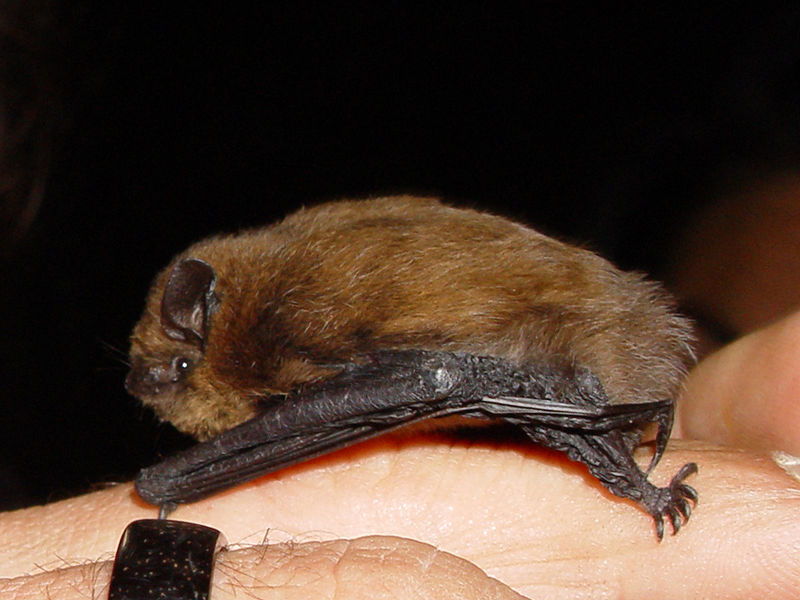
After spending the first two days of the week chasing after frogs and salamanders, I thought we would mix it up by heading to the night skies to learn about the Common Pipistrelle. Yes, this is a type of bat! I know, I know…ewwww, bats! They may have a bad reputation but these little creatures are crucial for maintaining healthy ecosystems. This particular bat influences a particularly large ecosystem since they can be found across most of Europe, northern Africa and southwestern Asia. So pick a spot and lets wander into the night to find us a nice little bat.
Smallest European Bat
The Common Pipistrelle is the smallest of all the European bats with an average length between 3.5 – 4.5 cm (1.3 – 1.7″). These tiny mammals also have a soft, furry, brown coloured coat. I don’t know about you but I personally think that if you are this small and furry then you should be classed as “Cute and Cuddly”. Don’t you agree? The reason the Common Pipistrelle has such a large home range lies with their generalist habitat selection. These common bats prefer woodlands and farms, however, they can be found living in houses, parks and marshes. Basically, they can live anywhere!
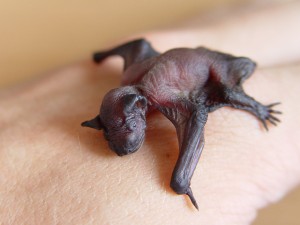
3000 Insects a NIGHT!
Like other bats the Common Pipistrelle leaves the comfort of their home at night to feast on a variety of insects such as moths, gnats and any other small bug they can get their mouth on. They usually hunt for a few hours before returning home, however, they have been known to hunt twice in a night. During the night, they will typically consume about 3000 insects. See, I told you they were important for the ecosystem. That is a lot of bugs! Think about this for a second – during a 30 day month, one Common Pipistrelle will eat about 90 000 insects. Now imagine what would happen if we didn’t have bats!
Common Pipistrelle Fast Fact
Although they are the most common European bat, the population of the Common Pipistrelle is on the decline (along with most other bats) as a result of the increased use of pesticides and the loss of roosting habitat. Basically, we are removing their food source and their homes. I would be pretty upset if I were them!
That does it for today’s Wild Fact. Thanks for stopping by and I will see you tomorrow for a brand new animal fact.

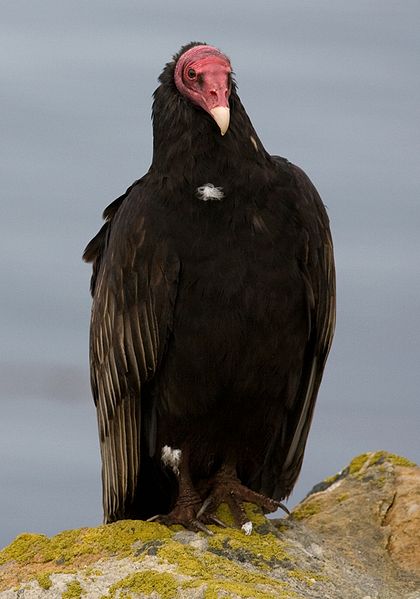
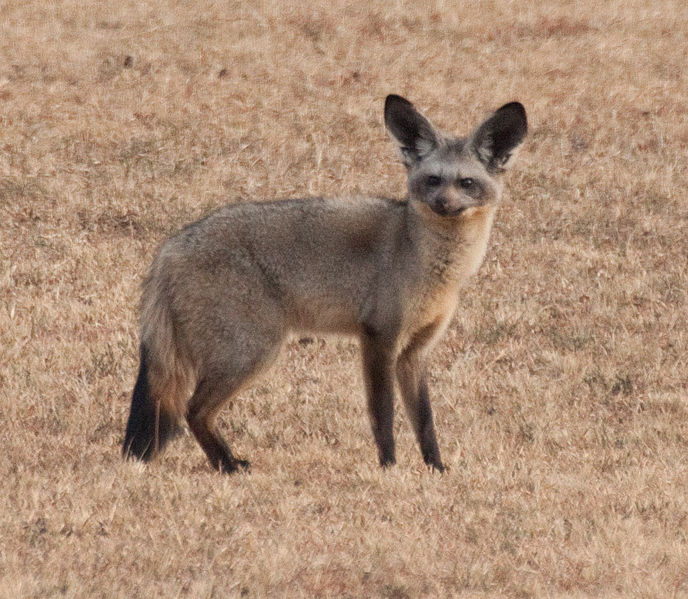
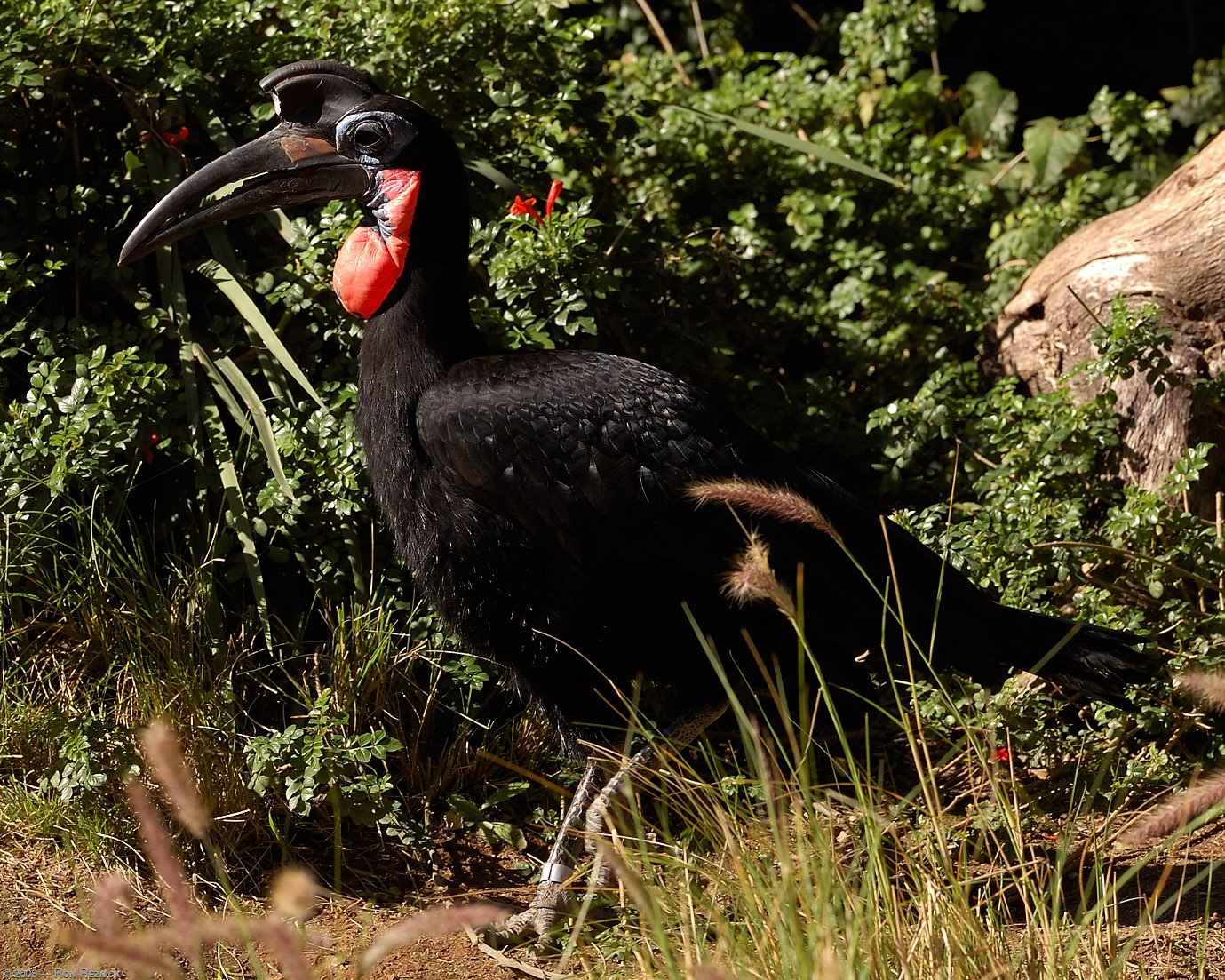
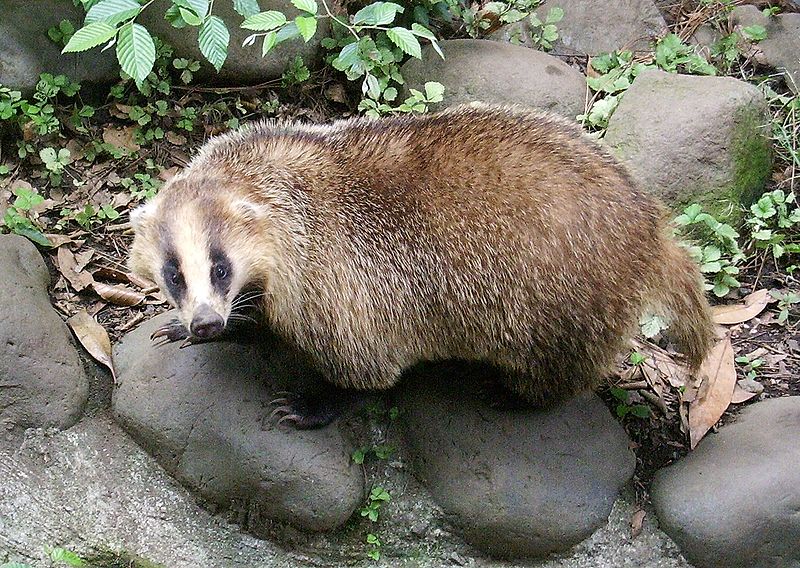
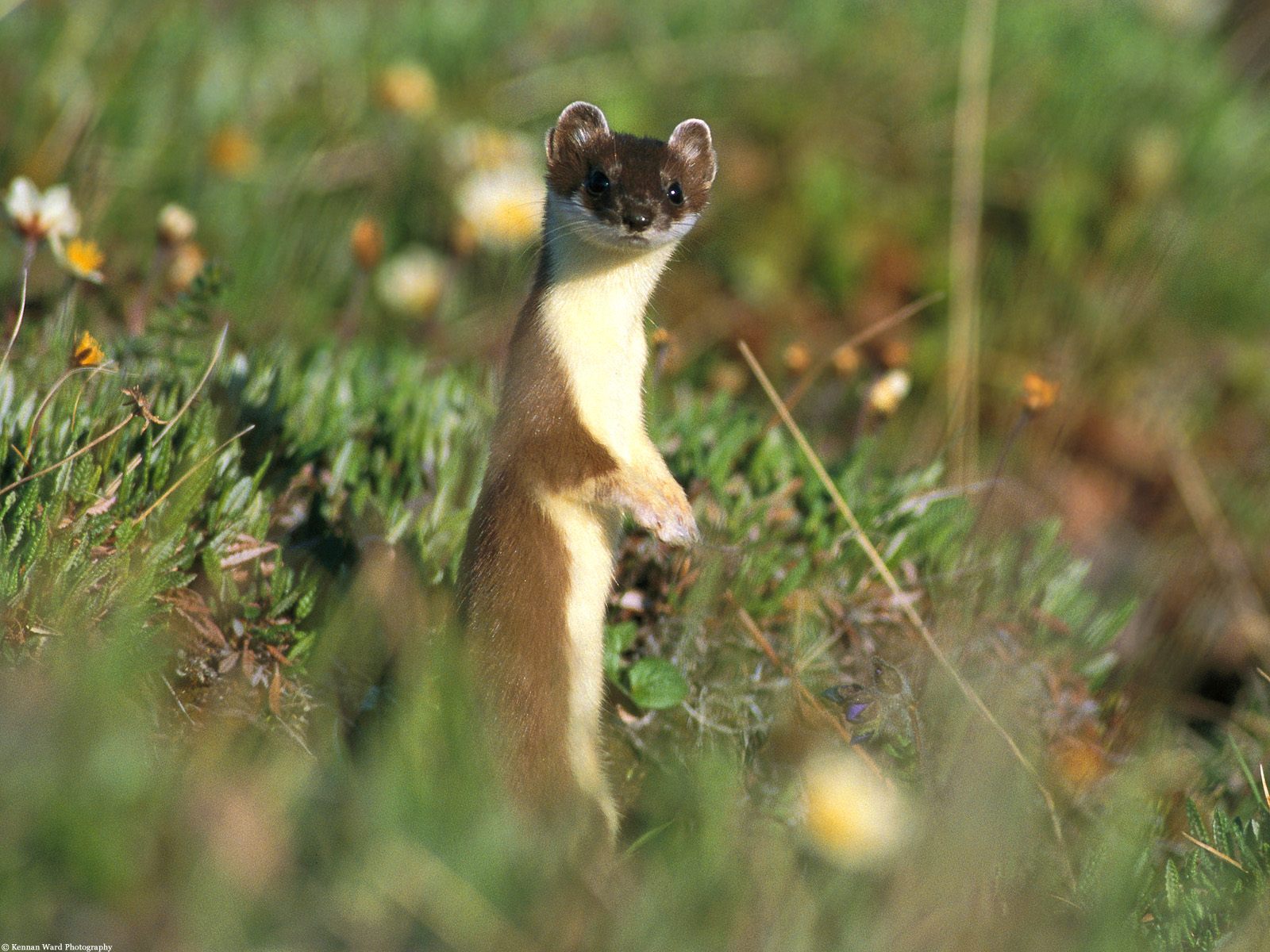

as somebody that lives in mosquito rich NB i appreciated these little creatures and actually think they are cute 🙂 The decline of any animal because of pollution and habitat loss leaves me with sadness.
Hi Corvus,
Thanks for stopping by Wild Facts. I couldn’t agree more with you. It is unfortunate that are actions have such repercussions like the extinction of other species. Hopefully the population as a whole will realize the importance of taking care of the entire ecosystem.
Thanks again for commenting. Much appreciated.